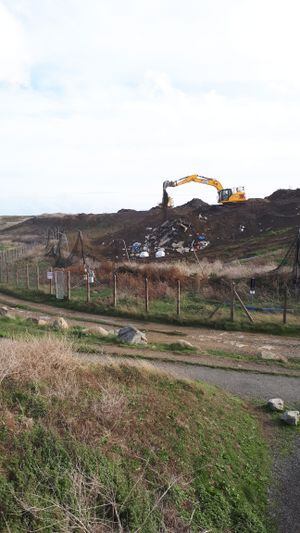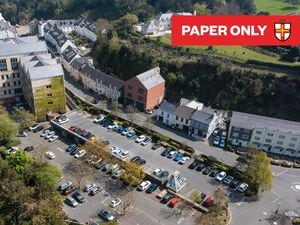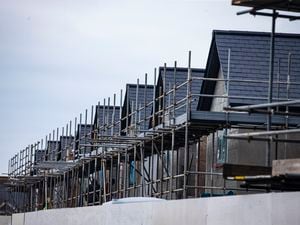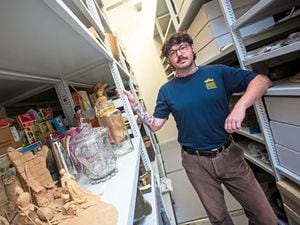Waste site burial of buckets and bags explained
GUERNSEY Waste has given an assurance about the thoroughness of its recycling efforts after a Guernsey Press reader drew attention to the burial of apparently recyclable materials at Mont Cuet.

Alan Robinson contacted the utility after a walk around the headland during which he noticed several tonne bags and rigid plastic buckets appeared to be in the process of being buried under soil.
He was later informed that the bags contained insulation material and the buckets contained hardened fibreglass resin.
‘Both materials are unable to be recycled at present, nor can they go for energy recovery like our general waste does,’ said Guernsey Waste operations manager Sarah Robinson.
‘Therefore, unfortunately the only route for them now is Mont Cuet.
‘As insulation material is lightweight and the site is quite exposed to the elements, we ask customers to bag this material up to reduce the likelihood of it getting blown around, hence the use of one tonne bags.’
She subsequently confirmed to the Guernsey Press that ‘certain hazardous wastes such as asbestos’ had to be disposed of in the same way.
‘The acceptance criteria is strict and forms part of the site waste licence,’ she said.
‘Staff therefore check materials entering the site to ensure they comply and loads can be refused.
‘In the case of loads which also include some materials that could have gone for recycling or energy recovery, if the load is not refused, it will be subject to a higher charge to the customer and if possible the items will be removed and sent to the correct facilities.’
Mr Robinson said he was concerned to ensure the thoroughness of the recycling effort at the site and to prevent the items being left ‘close to the edge and surface of what could be a finished site in the future’.





